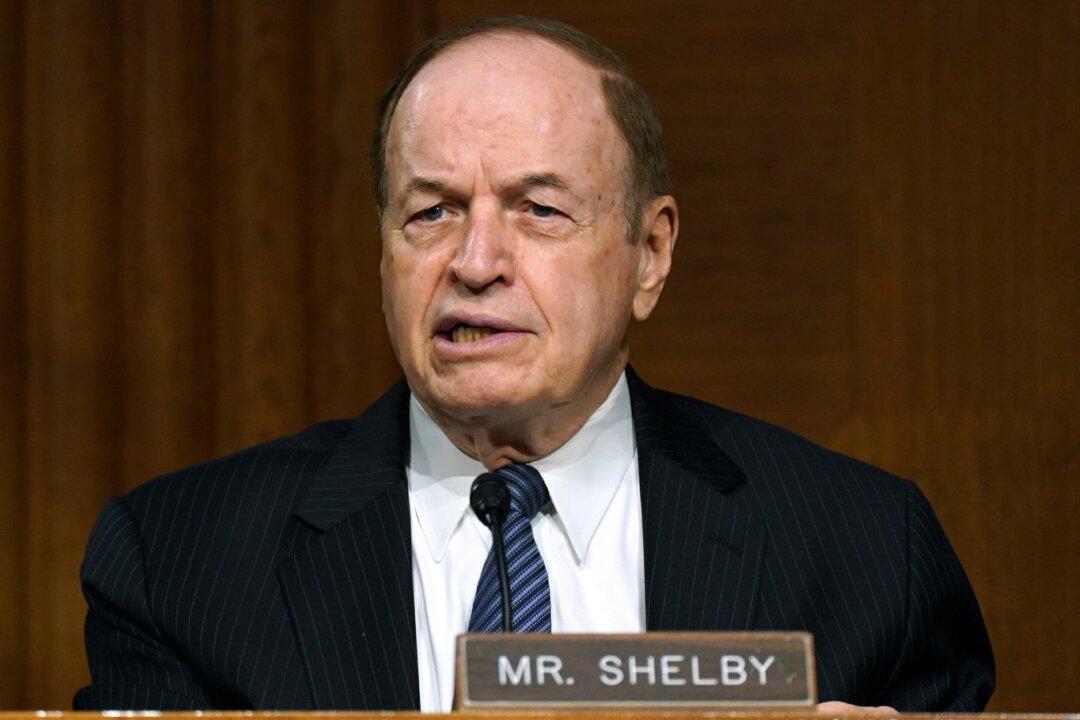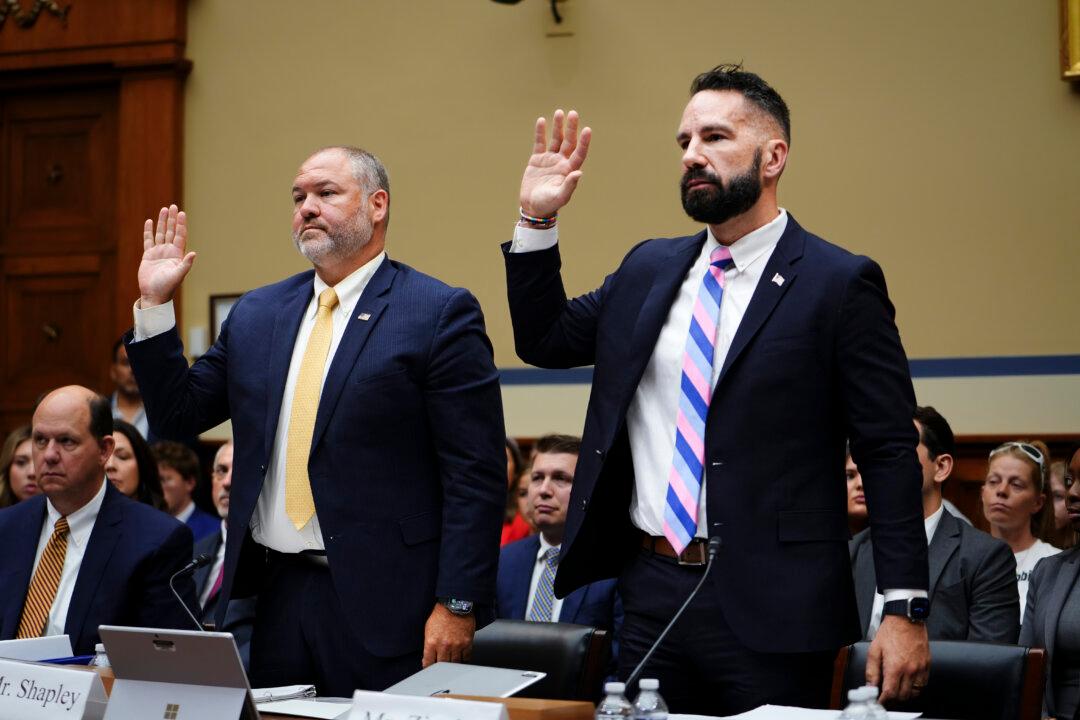Three retiring Republican senators—Roy Blunt of Missouri, Jim Inhofe of Oklahoma, and Richard Shelby of Alabama—received more than $1.5 billion in earmarks for projects in their states as part of last year’s spending bill, according to a new analysis by a nonprofit government watchdog.
The Republican trio’s pork barrel projects were among the more than 7,500 others in the bill, worth in excess of $16 billion. Earmarks are federal tax dollars requested by individual senators and representatives to be included in larger spending bills for projects in their home states or districts.





